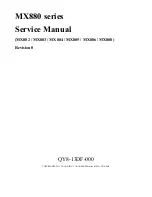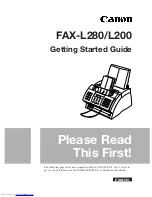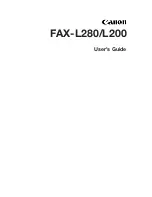
– 47 –
WARNING :
Turn OFF the power before starting the work so as to prevent accidents caused by abrupt start of the sewing machine.
Trouble
Cause (1)
Cause (2)
Checking order and adjusting procedure
3. Needle breakage
3-1)
Needle entry
1-A)
The needle entry has not been correct-
ly adjusted, and the needle strikes the
throat plate or presser foot.
Correct the needle entry.
3-2)
Upper looper posi-
tion
2-A)
The projecting amount of the upper
looper is too much or the height of the
upper looper is too low.
Refer to the pertinent Standard Adjustment.
3-3)
Contact with the
looper
3-A)
The needle strikes the looper, resulting
in needle breakage.
Re-position the looper so that it does not come
in contact with the needle. Adjust the longitudinal
motion of the double chain looper for the contact
of its back with the needle.
3-4)
Needle guards
4-A)
A needle guard has been improperly
positioned, causing the needle point to
strike it.
Refer to the pertinent Standard Adjustment.
3-5)
Needle No.
5-A)
The needle is too thin for the materials.
Replace the needle with a thicker one.
3-6)
Thread tension
6-A)
The thread tension is too high.
Reduce the thread tension.
3-7)
Height of the feed
dog or needle
7-A)
The feed dog is too high, or the needle
is too low, causing the needle to deflect
with resultant needle breakage.
Refer to the pertinent Standard Adjustment.
4. The needle point is crushed.
(Double chainstitch needle)
4-1)
Needle guard
1-A)
The needle guard is too low, or its longi-
tudinal position is not correct.
Increase the height of the needle guard. Check
the clearance between the needle and needle
guard.
4-2)
Contact with the
looper
2-A)
The tilt of the looper is not correct. The
longitudinal motion of the looper is not
correct.
Check the tilt of the looper. Correct the longitudi-
nal motion of the looper, and increase the clear-
ance between the looper and needle when the
looper reaches its most retracted position.














































